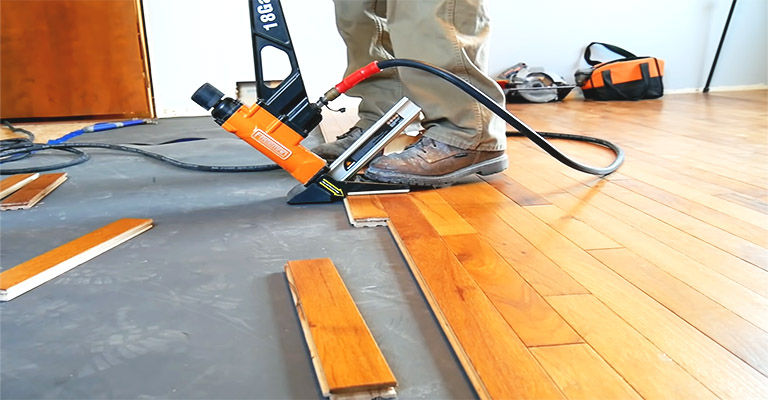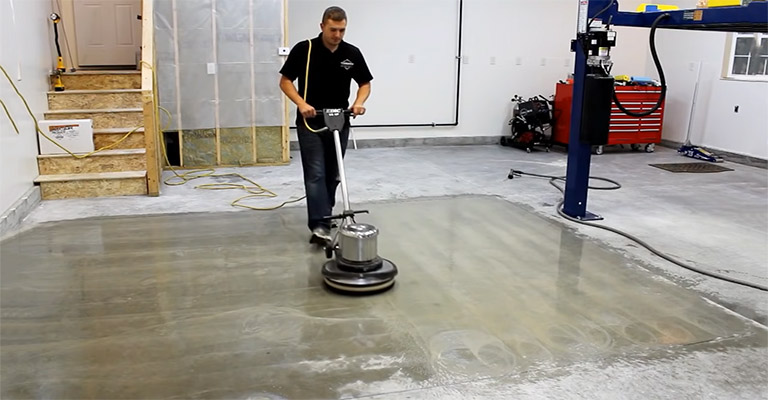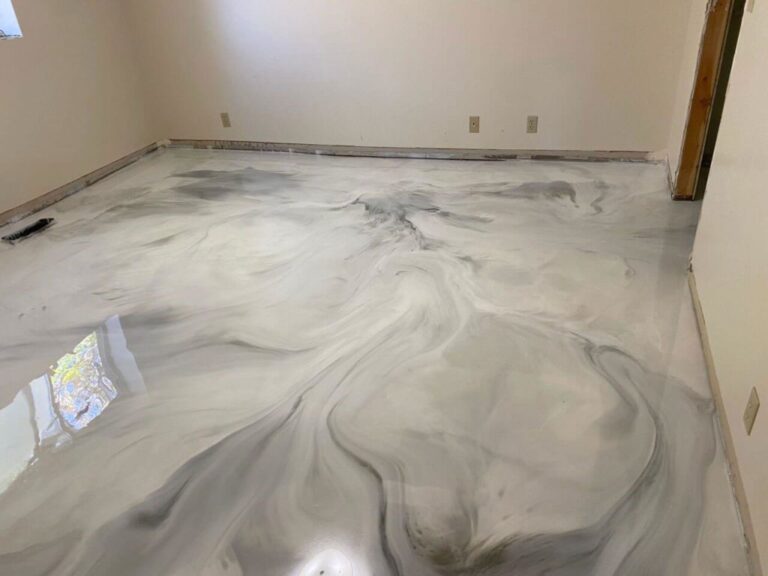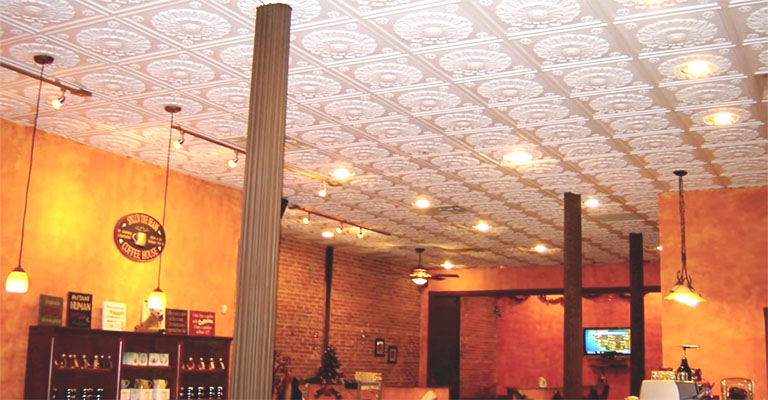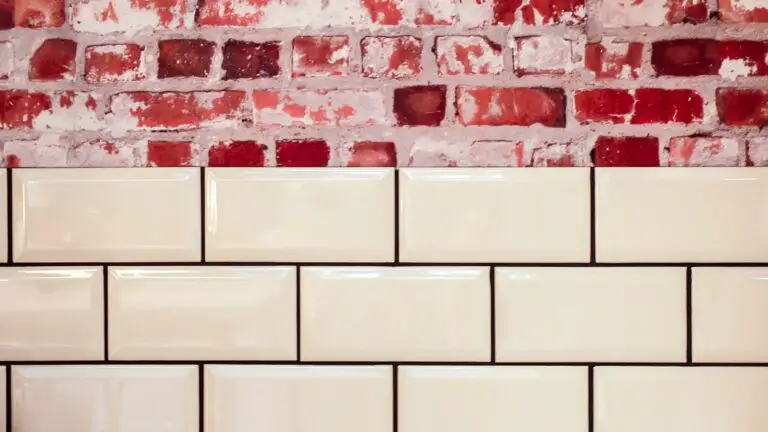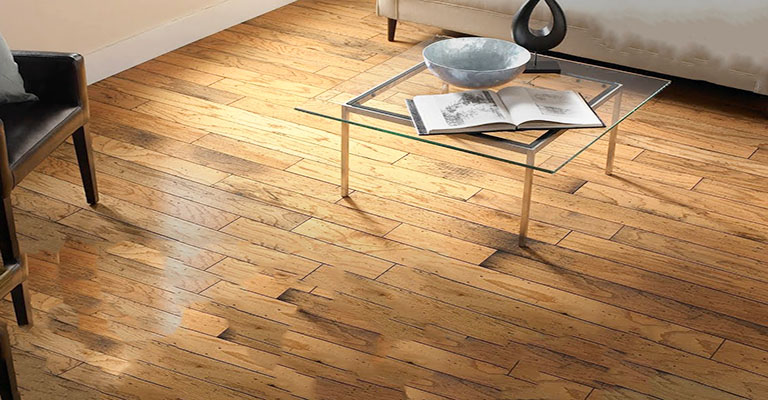How Do You Repair A Bulging Tile?
The ease of cleaning and maintaining vinyl and ceramic tiles makes them popular for basements, bathrooms, and kitchens. In contrast, tiles require precise installation and occasional maintenance to remain beautiful.
There are times when tiles bulge or sag, and you are unsure of how to fix them. There are many reasons why tiles bulge. However, we have an easy fix for bulging floor tiles.
Unlevel subfloors or rotten subfloors often cause this problem. If the subfloor is unleveled or rotten, you will have to replace it with staple materials to fix the bulging tiles.
What Causes Tile To Bulge?
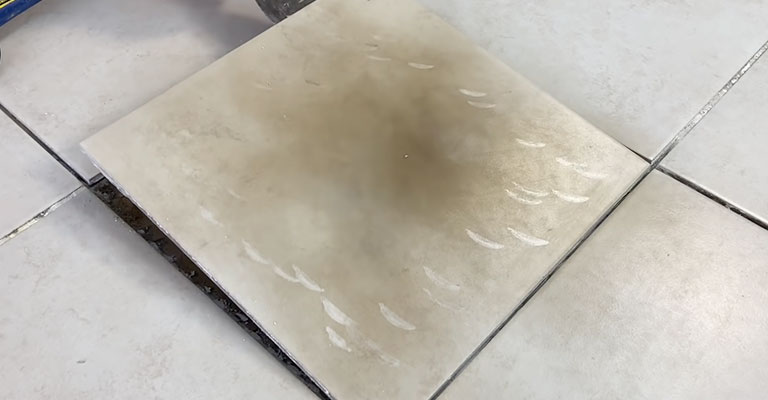
Per the American Society of Home Inspectors, damage to a subfloor is a common cause of tiles bulging or lifting from the floor. Smooth, undamaged surfaces are necessary for tiles to adhere.
While installing tiles, it is necessary to ensure that the subfloor is clean, even, and dry. Whenever there is a low spot on the subfloor, tiles are prone to bulge. The slightest bulge in a tile can pose a trip hazard. A bulging subfloor also allows moisture to penetrate, resulting in further damage.
Overlaying Tiles With Tiles
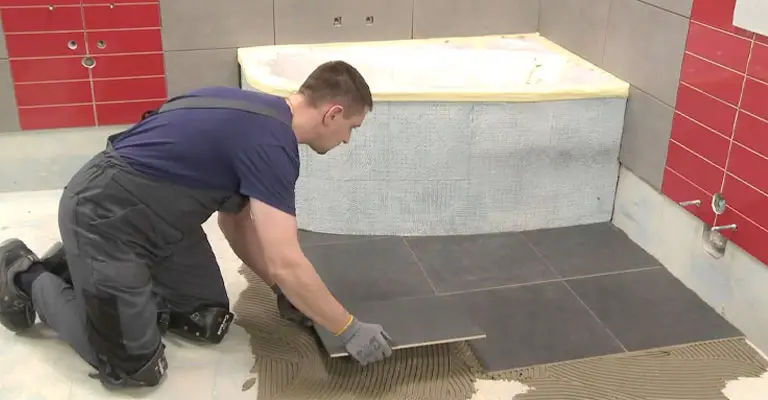
Before retiling an existing tile floor, inspect for any damage to the subfloor and tiles. Replace any damaged tiles and subfloor areas. It is necessary to clean and sand the old tiles before installing the new tiles in order to give the mortar a rough surface to adhere to.
A patching compound can be used to fill any low spots in the old tile floor. To tile the subfloor, however, you must sand the patched areas.
A Poor Level Of Craftsmanship
Your contractor may be responsible for bulging floor tiles. In addition, there is a possibility that the tiles may become loose if the tile setter did not use enough thin-set or tile glue.
In addition to loosening and bulging tiles, a shaky or damaged floor is another possible cause. Water may seep beneath the vinyl tiles if the floor becomes particularly moist, causing the glue to soften as a result.
Dirty Subfloor
During the installation process, the professional installers understand the importance of cleaning the floor before placing the tiles.
However, they may overlook some hygiene when they are in a rush (perhaps since they are paid on a volume basis rather than an hourly basis).
There Are Cracks
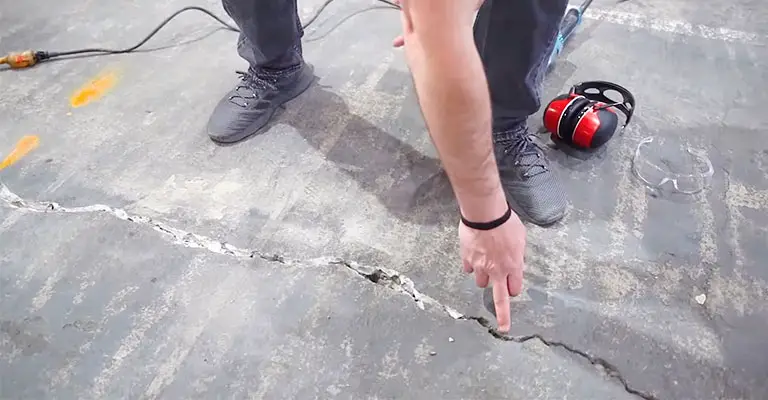
Several causes of subfloor cracking include building movement and improper installation. Additionally, they may crack if there is too much deflection or bending of the subfloor.
Overloading the floor or putting too much weight on it may lead to excessive bending in the subfloor. It is important to let cement subfloors cure or dry for at least four weeks to prevent cracking. Any of these types of cracking can cause the bulging of tiles.
Inadequate Screeding
In addition to poor craftsmanship, this can also be attributed to poor design. For example, there is a high likelihood that your floor tiles will bulge if the floor preparation (screeding) is poor and harsh.
The Moisture Level
Tiles and subfloors can be damaged by moisture. Subfloors can separate, rot and mold as a result of moisture coming up from a crawl space. A tile can become out of alignment as a result of this damage.
Also, tiles can bulge when their subfloors are damaged from below or when they are repeatedly spilled water. The subfloor can rot and mildew even from small amounts of water spilled every day on the tile. Applying an isolation membrane before tiling can prevent spills from damaging the subfloor.
Learn more about the home improvement tips and tricks.
The Best Way to Fix Bulging Floor Tiles
Bulging floor tiles tend to spread everywhere. Therefore, the replacement of the entire floor in the area is the best solution for bulging floor tiles.
The underlying problem must be addressed before repairing a loose tile. For example, subfloors and drywall that have rotted or become moldy should be replaced with more stable ones.
If the tile hasn’t been installed yet, clean and dries the floor or drywall first, then grout the tile according to the manufacturer’s instructions.
It’s a little easier to fix loose vinyl tiles. An aluminum foil sheet can be ironed over the bulging or loose area. Reactivating the glue requires melting it with an iron. If you want the tile to stay in place for a long period of time, place a stack of books on top of it.
A professional can construct a floating subfloor if soil difficulties cause the issue. However, the flexibility of vinyl tile and the fact that it usually doesn’t need a floating floor make it a more viable option for expansive soils than ceramic tile.
Final Words
It may be necessary to replace the old subfloor if there is too much damage to repair it. To prevent the bulging of the new tile, be sure to follow all of the manufacturer’s instructions.
Be sure to check the spacing between nails and screws. Corrosion-resistant screws should be used to secure plywood subfloors to floor joists.
Subfloors should be protected with the appropriate moisture membrane barrier. It may be less expensive to use roofing felt, but it will not provide enough protection for your subfloor. But sometimes you might need to remove the tiles and replace with new.

